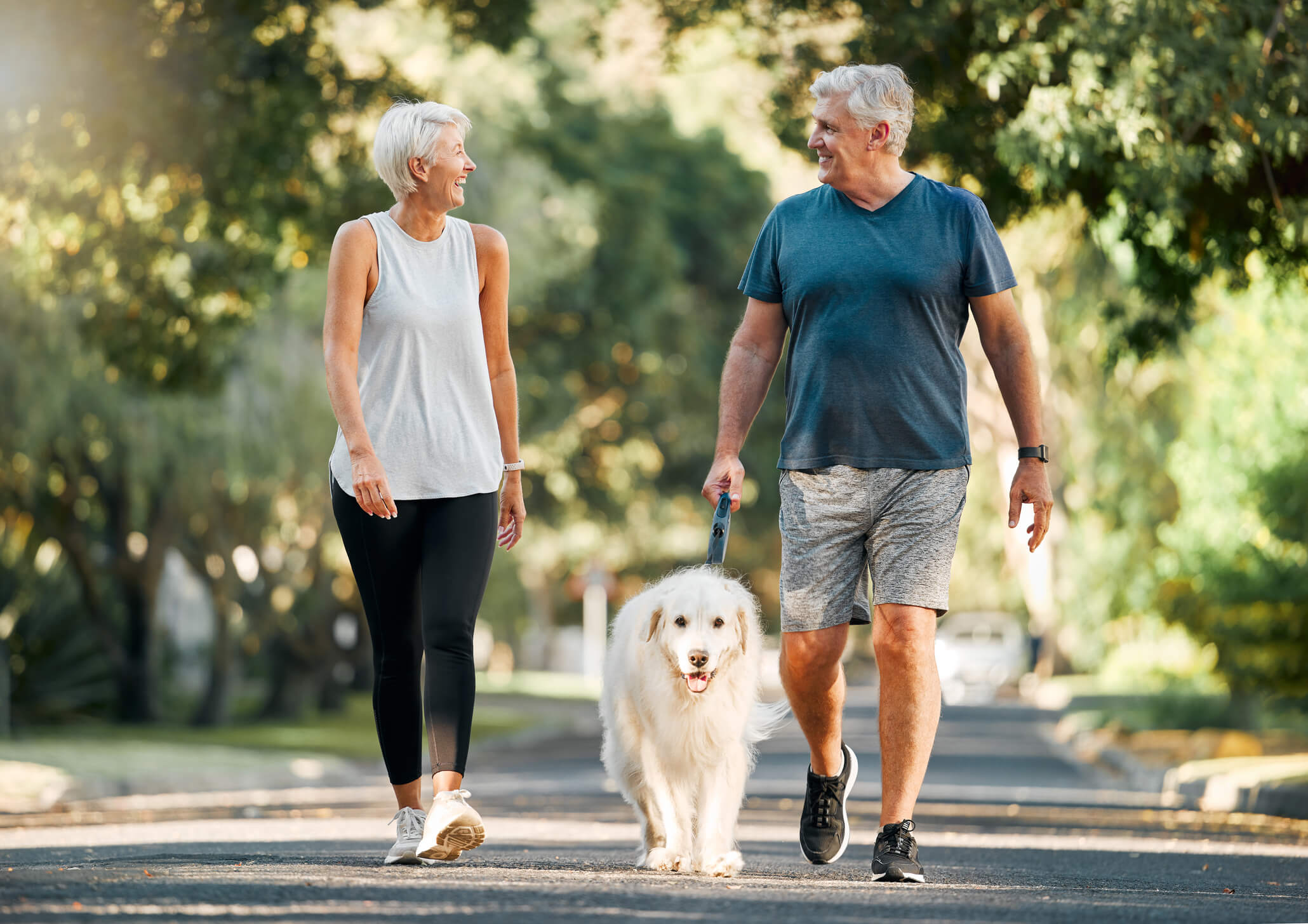
Teen brains and social media
Building on last month’s Mental Health Awareness month, we want to take this opportunity to shine a spotlight on an area of growing concern – teenage mental health.
In May, the U.S. Surgeon General, Dr. Vivek Murthy, issued an official warning that social media threatens youth mental health. He noted “What kids are experiencing today on social media is unlike anything prior generations have had to contend with.”
Teenagers are facing higher rates of depression, anxiety, loneliness, low self-esteem, eating disorders, body image issues, and suicidal thoughts – like never before. An increasing amount of evidence points to social media as a possible culprit of this worrisome trend.
According to a recent Pew Research Center survey, almost half of U.S. teenagers say they’re online “almost constantly,” and many of them worry about their social media use.
Over the past ten years, rates of depression, anxiety, and loneliness among teenagers have only gone up, and this directly coincides with the explosion of social media. In 2009, about half of teens used social media every day. By 2017, 85% used it daily. By 2022, 95% of teens said they use some social media, and about a third say they use it constantly.1 And, according to the Journal of the American Medical Association (JAMA), teens who use social media more than three hours per day may be at heightened risk for mental health problems.2
In testimony recently provided to the U.S. Senate, the American Psychological Association (APA) addressed the role social media may play in the current teen mental health crisis. “Our brains, our bodies, and our society have been evolving together to shape human development for millennia. Within the last 20 years, the advent of portable technology and social media platforms [has been] changing what took 60,000 years to evolve. We are just beginning to understand how this may impact youth development.”
According to this article, “Studies have shown that social media has a powerful effect on the brain, and it can create stimulating effects similar to addiction. Once the brain experiences these rushes of dopamine and pleasure, the high from social media becomes harder and harder for anyone to resist, creating patterns of addictive behavior.” The article goes on to say that “Adolescence is the second biggest period of growth in the brain. Because teens’ brains and social skills are rapidly developing, they are particularly susceptible to the addictiveness of social media.”
The teenage mental health crisis is so alarming that for the first time the APA issued recommendations for guiding teenager’s use of social media. And the APA published a new study indicating teenagers feel better about themselves when they cut back on social media.
National Public Radio provides some helpful takeaways from the APA’s testimony on the impact social media has on teenage brains 3:
- Social interaction is key to every child’s growth and development.
- Social media platforms often traffic in the wrong kind of social interaction.
- It’s not all bad.
- Adolescence is a “developmentally vulnerable period” when teens crave social rewards, but don’t have the ability to restrain themselves.
- “Likes” can make bad behavior look good.
- Social media can also make “psychologically disordered behavior” look good.
- Extreme social media use can look a lot like addiction.
- The threat of online bullying is real.
- It’s hard not to compare yourself to what you see in social media.
- Sleep is more important than those “likes.”
National Public Radio also published these five tips from the APA that teens can put into practice to help make their social media use more positive4:
- Curate your social media feed to limit content that makes you feel bad.
- Schedule a one-day break from devices each week.
- Turn off notifications and set limits on use of social media apps.
- Use the time you were giving to social media to invest in real-life activities instead.
- Connect with people who share your interests and values.
With social media now firmly embedded in our daily culture, it’s critically important to find ways to help teenagers develop a healthy relationship with social media. If your teen is struggling with mental or physical health, or the challenges of everyday life, please visit their primary care provider for resources that can help.
1The truth about teens, social media and the mental health crisis. NPR. April 2023.
2 Associations between time spent using social media and internalizing and externalizing problems among U.S. youth. Journal of the American Medical Association. September 2019.
310 things to know about how social media affects teens’ brains. NPR. February 2023.
4 How to help young people limit screen time – and feel better about how they look. NPR. February 2023.


